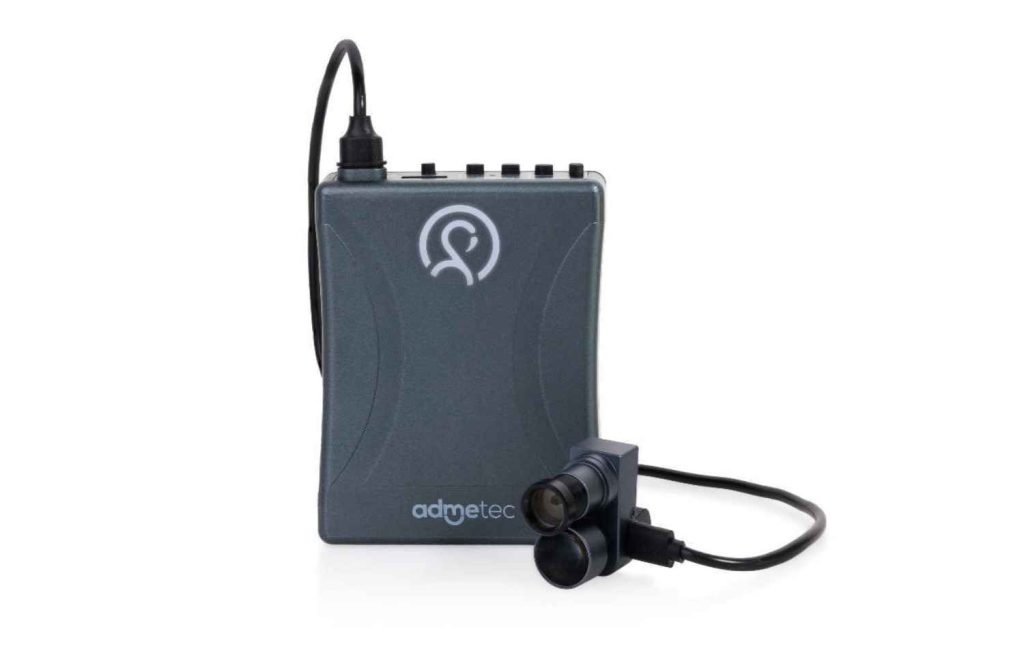
What is a Camera Loupe?
A camera loupe is a specialized magnifying tool used mainly in photography. It helps photographers inspect and enhance the fine details of images, whether on film or digital screens. Think of it as a small, portable magnifying glass designed specifically for photographers. By using a camera loupe, you can closely examine your photos for sharpness, focus, and other critical details that might not be visible to the naked eye. This tool is essential for ensuring the quality and precision of your work. With a camera loupe, you can catch minor issues before they become major problems, making it a must-have in any photographer's kit.
Why Do Photographers Need a Camera Loupe?
As a photographer, you know that capturing the perfect shot is just the beginning. A loupes camera is essential for ensuring the quality and precision of your images. This handy device allows you to closely inspect negatives, slides, and prints, making it easier to spot any imperfections that might not be visible to the naked eye.
One of the main reasons photographers rely on camera loupes is to check the sharpness of their images. Whether you're working with film or digital formats, a loupe helps you zoom in on the details, ensuring your focus is spot on. This is especially important for large prints or high-resolution images where even the smallest flaw can be noticeable.
Another significant benefit is the ability to compare different negatives or prints. With a camera loupe, you can quickly and efficiently evaluate multiple images side by side. This is particularly useful during the editing process when deciding which shots to develop or print.
Lighting is also a crucial factor in photography, and a camera loupe often comes with built-in lighting to illuminate your subject. This feature is invaluable when working in dimly lit environments or when examining dark areas of a print.
In summary, a camera loupe is an indispensable tool for photographers who are serious about their craft. It enhances your ability to produce high-quality, detailed images and ensures that every shot meets your exacting standards. Whether you're a seasoned professional or just starting, incorporating a camera loupe into your workflow can significantly improve your photographic outcomes.
What Are the Main Components of a Camera Loupe?
When you're diving into the world of photography, a camera loupe becomes an essential tool for examining your images with precision. This small, yet powerful device is designed to help you inspect fine details in your photos that might be missed by the naked eye. Let's break down the main components of a camera loupe and understand how each part contributes to enhancing your photographic experience.
How Does the Lens Work in a Camera Loupe?
The lens is the heart of the camera loupe. Its primary function is to magnify the image, allowing you to see intricate details up close. Typically made from high-quality glass, the lens ensures clarity and sharpness. Depending on your needs, you can find lenses with different magnification levels, ranging from 3x to 15x or more. For most photographers, a 10x magnification is ideal as it provides a good balance between detail and usability.
The lens in a camera loupe is designed to minimize distortion and chromatic aberrations, which are common issues in lower-quality magnifying tools. High-end loupes often use triplet lenses, which consist of three lens elements. This setup reduces color fringing and delivers a sharper, clearer image. When you're examining your negatives or prints, a high-quality lens will make all the difference in spotting imperfections or areas that need adjustment.
Why is Lighting Important in a Camera Loupe?
Lighting plays a crucial role in the effectiveness of a camera loupe. Proper illumination ensures that the details you are examining are visible and clear. Many camera loupes come with built-in lighting, often using LED technology. LEDs are preferred because they provide bright, consistent light without generating heat, which could damage delicate photographic materials.
The lighting in a camera loupe helps to eliminate shadows and highlights the finer details of your images. This is particularly important when you're working with negatives or slides, which can be difficult to view under normal lighting conditions. Some loupes offer adjustable lighting levels, allowing you to customize the brightness to suit your specific needs. This feature is especially useful in different working environments, whether you're in a dimly lit studio or a bright office.
How Does Magnification Enhance Image Details?
Magnification is what sets a camera loupe apart from other viewing tools. By enlarging the image, a loupe allows you to see details that are not visible to the naked eye. This is particularly beneficial for photographers who need to ensure the sharpness and focus of their images before printing or scanning.
With higher magnification, you can inspect the grain structure of your film, check for any scratches or dust particles, and evaluate the overall quality of your negatives or prints. This level of detail is essential for professional photographers who demand the highest quality in their work. For those using large or medium format cameras, a loupe is indispensable for focusing on the ground glass, ensuring that every shot is perfectly in focus.
In summary, the main components of a camera loupe—lens, lighting, and magnification—work together to provide a detailed and enhanced view of your photographs. The lens magnifies the image, the lighting ensures visibility, and the magnification allows for a closer inspection of details. Whether you're a professional photographer or an enthusiast, a camera loupe is an invaluable tool for achieving the best possible results in your photographic endeavors.
How to Choose the Right Camera Loupe?
Choosing the right camera loupe can significantly enhance your photography experience. First, consider the magnification level you need. For detailed inspections, a higher magnification, like 10x, is ideal. Next, look for loupes with high-quality lenses to ensure clarity and minimal distortion. Lighting is another crucial factor; integrated lights can help illuminate your subject, making details more visible even in low light conditions.
When selecting your loupe, consider the weight and ergonomics, especially if you’ll be using it for extended periods. Lightweight models reduce strain on your neck and hands. Brands like Admetec offer a range of options that combine these features effectively.
Finally, think about additional functionalities like built-in cameras for easy documentation and sharing. By focusing on these aspects, you can find a loupe that fits your specific needs and enhances your overall work quality.
Camera Loupe: Your Essential Viewing Tool
In summary, a camera loupe is an essential tool for photographers who want to closely inspect the details of their images. It combines a lens, lighting, and magnification to provide a clear and detailed view. Understanding how each component works can help you make the right choice for your needs. Whether you’re evaluating negatives, checking prints, or teaching others, a camera loupe enhances your ability to see intricate details. Investing in a quality camera loupe can significantly improve your photography workflow and ensure your images are always top-notch.
